Your daily dose of Product Management Goodness
Want to know more?
We would love to hear your questions and suggestions for topics you would like to see covered in our future blog posts, so don't be shy and get in touch!

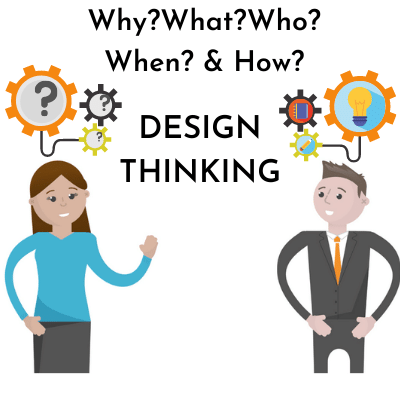
Design Thinking - Test
Here is the 5th stage of Design thinking
Test
The prototypes are rigorously tested with customers. All feedback is good feedback at this stage. Product teams are not trying to persuade customers to purchase. Negative feedback at this stage is quick and easy to fix. Many ideas do not get past first test. Success is a quick and clear (positive or negative) customer response.
In this stage we stay open and inquisitive:
Why (do you like / dislike)
What (do you want or need to achieve) (are we missing) (would make it knockout)
Who (drives these wants and needs)
When (do you need to achieve them by)
How (do you currently plan to meet these wants and needs)
read more
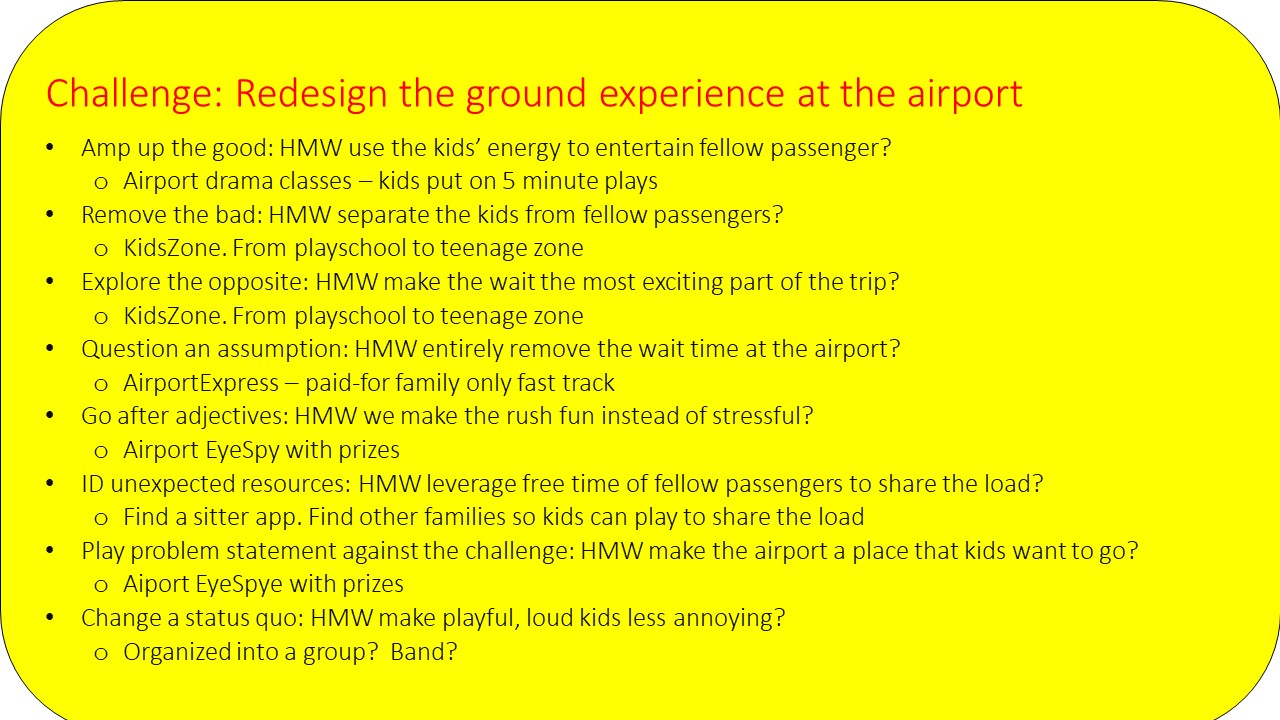
Design Thinking - Ideate
Ideate
During the ideate stage we are ready to start generating ideas. We reframe the problem statements through a series of lenses in order to:
• Reframe problems in a positive way
• Open minds to alternate solutions
• Turn challenges into opportunities
• Foster creative solutions
• Facilitate brainstorming
• Allow for crazy ideas
The How Might We (HMW) framework is a way to reframe a problem. HMW questions drive ideation sessions where product teams explore ideas which can help solve problem statements in an innovative way. These are the HMW reframing lenses:
• Amp up the good
• Remove the bad
• Explore the opposite
• Question an assumption
• Go after adjectives
• ID unexpected resources
• Play problem statement against the challenge
• Change a status quo
• Break problem statement into pieces
Using our Problem statement framework example, we look for creative solutions to our problem:
read more
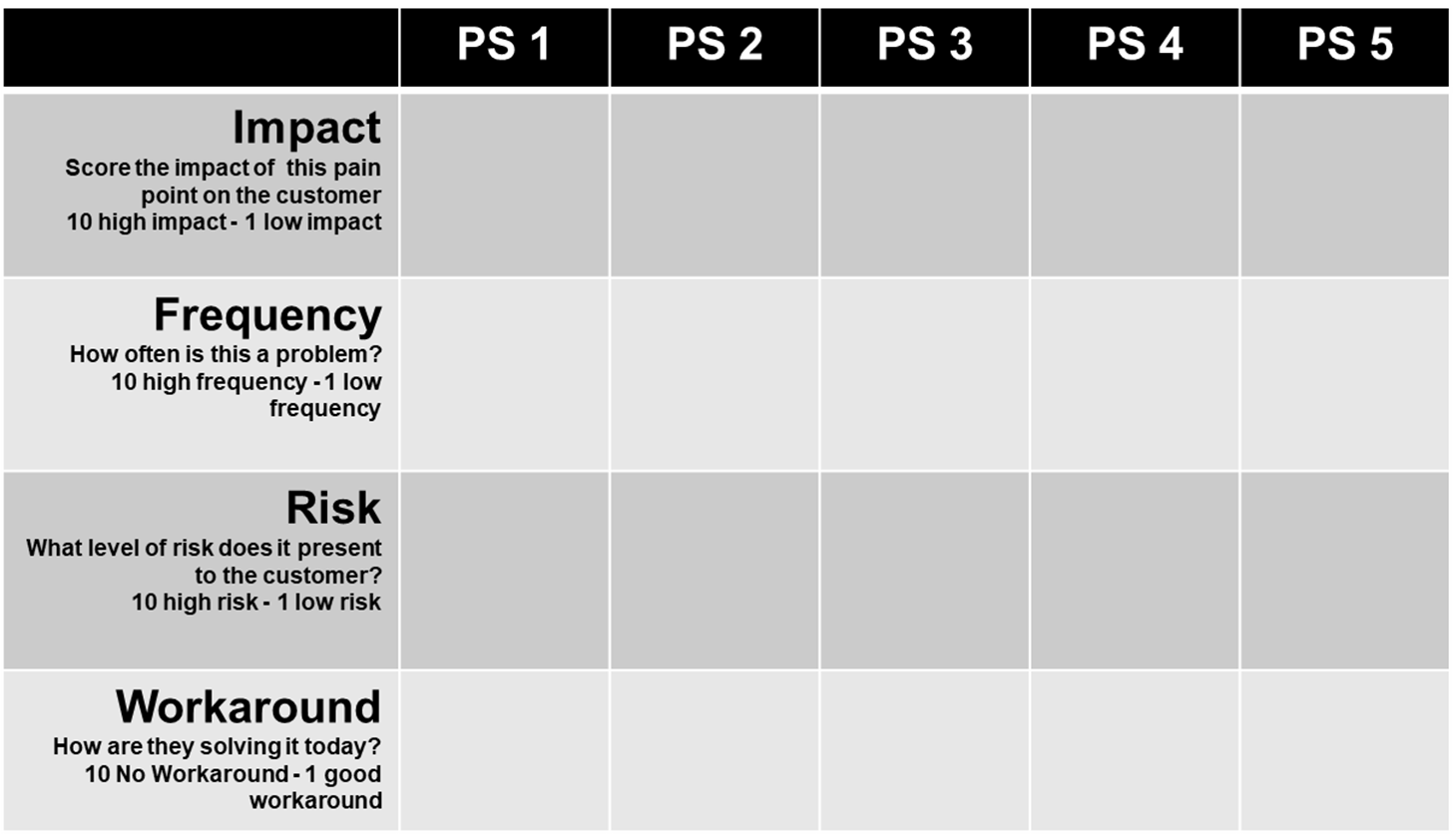
Design Thinking-Prioritise
Here is the 3rd satge of design thinking
Prioritise
The Prioritisation Framework is designed to help product teams
conduct systematic prioritisation of problem statements.
Higher ranking problem statements are likely to have more commercial
value. A consistent set of prioritisation criteria for all Problem Statements.
read more
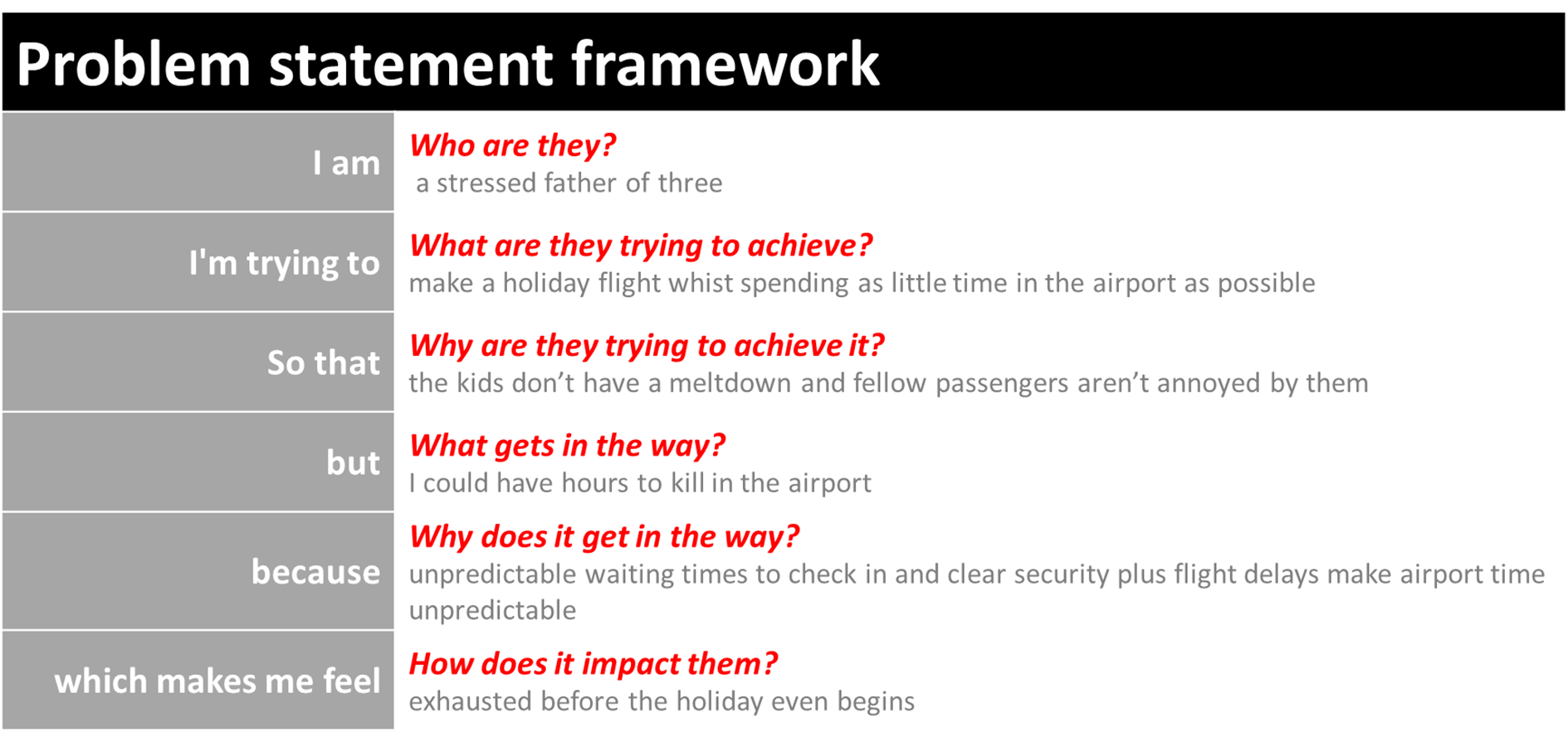
Design Thinking- Define
Here is the 2nd stage of Design Thinking
Define
During the Define stage, you analyse your observations and synthesise them in order to identify the core pain points. You then define the pain points using the problem statement format – statements that capture the pain from a customer centric viewpoint:
read more
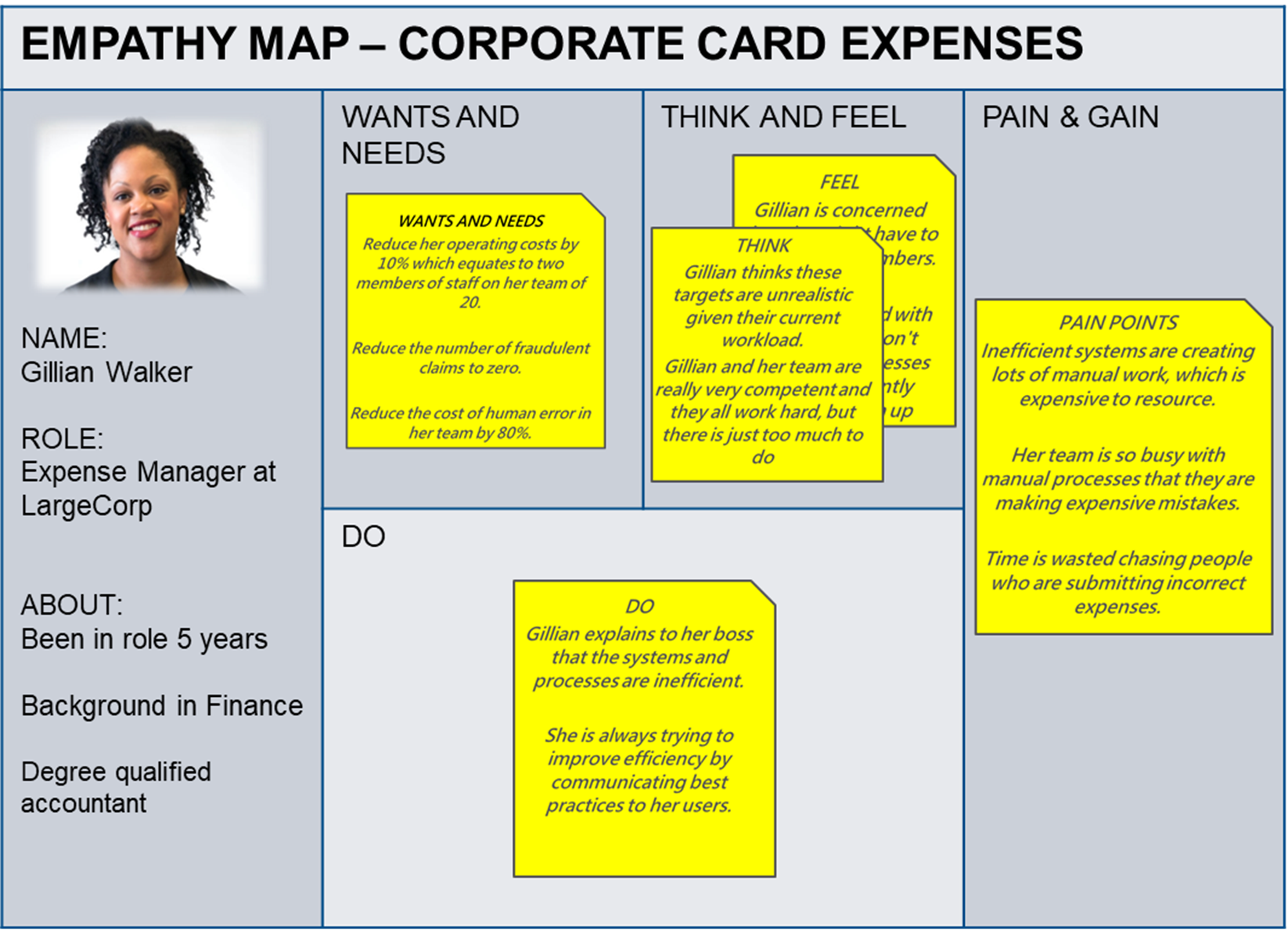
Design Thinking - Empathise
Here is the 1st stage of Design Thinking
Empathise
The first stage of the Design Thinking process is to gain an empathic understanding of the problem you are trying to solve. This involves observing, engaging and empathizing with people to understand their experiences and motivations, as well as immersing yourself in the physical environment so you can gain a deeper personal understanding of the issues involved. Empathy is crucial to Design Thinking, and empathy allows design thinkers to set aside their own assumptions about the world in order to gain insight into users and their needs.
Empathy Maps are used to document our findings
read more
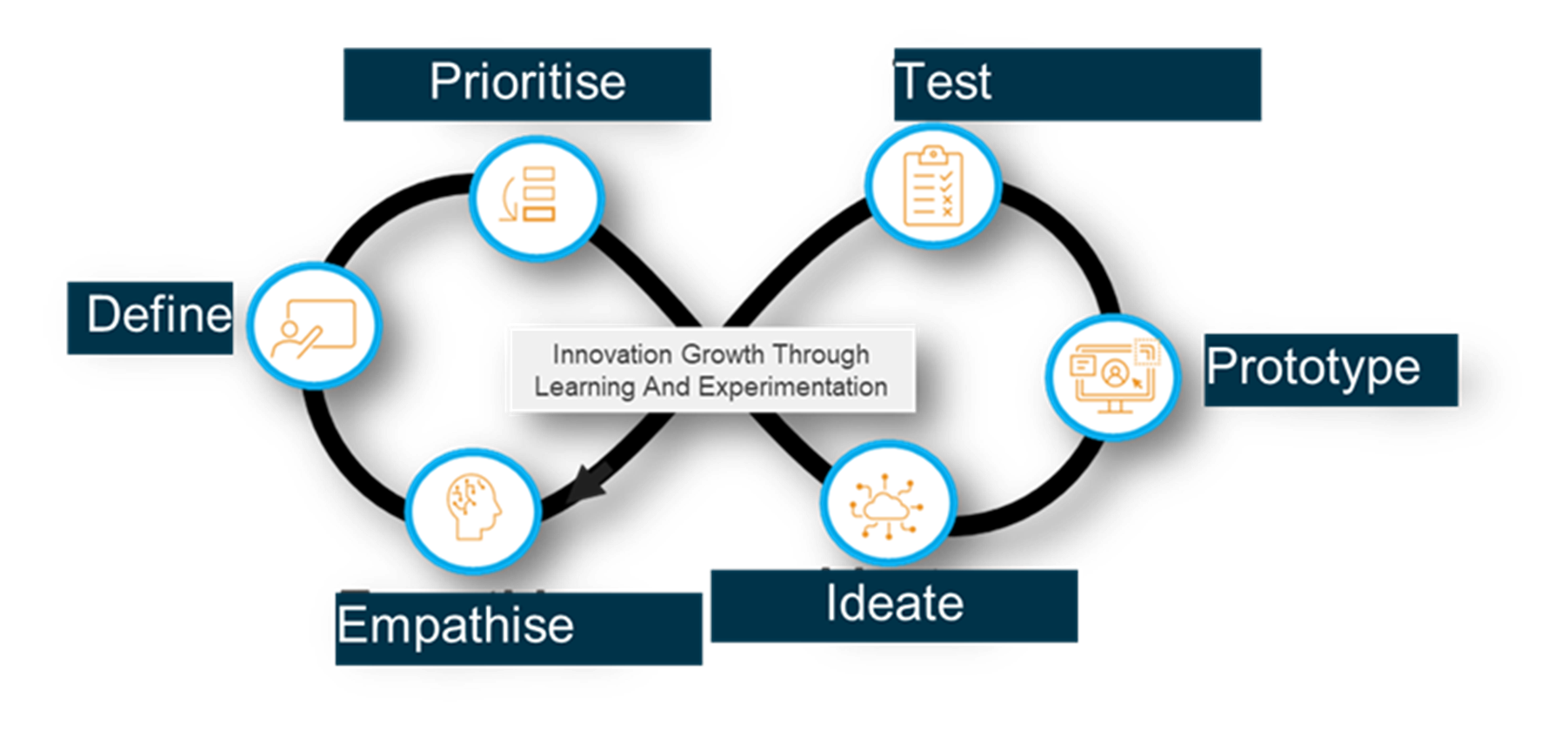
Design Thinking Introduction
Design Thinking is a design methodology that provides a solution-based approach to solving problems. It’s extremely useful in tackling complex problems that are ill-defined or unknown, by understanding the human needs involved, by re-framing the problem in human-centric ways, by creating many ideas in brainstorming sessions, and by adopting a hands-on approach in prototyping and testing.
The six stages of Design Thinking are as follows: Empathise, Define (the problem), Prioritise, Ideate, Prototype, and Test.
Over the next 6 days we will cover each stage.
read more

Be aware of bias
Here’s my 5th tip for start strategising
5. Be aware of bias
Psychologists have identified more than 100 thinking biases, there is even one called the ‘IKEA effect’ that I think has particular relevance to product managers. The ‘IKEA effect’ means we place a disproportionate value on something we helped to make like flat-pack furniture. Easy to see how this bias might apply to our own products, as a result of the fruits of our labours.
Here are some other biases to be mindful of;
‘Confirmation bias’, is our tendency to interpret new evidence as confirmation of our existing belief or theory, this makes us stop gathering data, or pick out the data point only that supports our view or prejudice, ignoring or forgetting the information that doesn’t support our view.
Or, the ‘bandwagon effect’, this is our tendency to adopt a view because everyone else is doing it. It is a form of groupthink behavior, and it’s easily adopted because we want to be on the winning side, and we hop on the bandwagon despite the evidence to the contrary.
To avoid biases try to look for instance where you might be wrong, and try these things;
1. Try to prove why our strategy or opinion might not work; challenge it from different perspectives, and points of view
2. Ask ‘What if’ questions
3. Seek out people who think differently to us, or who work in different areas, or industries get their opinion
We as Product managers come into our roles through many paths, and that broad knowledge and perspectives give us enormous potential to be strategic, alongside that we have a role, and a function that demands that we be, strategic, we’re the CEOs of our product. If we aren’t being strategic we will die! So, commit to change; acknowledge what is stopping us or holding us back, work to eliminate it or minimise it, and use the suggestions in our blogs to start. Finally, tell us how you got on, we love to hear the experiences, and the personal stories, connect with us here
read more

Be Curious
Here’s my fourth tip on start strategising
4. Be curious
The thinking goes hand in hand with curiosity. Look under all the rocks, we may not know the answers, but we sure should know the questions. Curiosity is one of the most wonderful attributes we can have; it is the trait of truly awesome people. With curiosity, you get engaged, commit to understanding, acquire new knowledge and deliver results. There’s also nothing more important for building a quality relationship than being genuinely interested in somebody. Do we ask enough questions, or are we happily settling for what you know already? Do you need some help in this area? Here are some ideas;
1. Be curious about everyone we meet; What they do? How they do it?
2. Approach things from a learners perspective, or a child’s eyes, be willing to be vulnerable and ask what might be considered naive questions
3. Develop broader interests outside of the immediate organisation, and consume content on different subjects, even subjects outside of our comfort zone.
4. Take time to listen. We mean, LISTEN. Listen without judgment. Curious people are always good listeners
Lastly, having curiosity makes life more interesting, and more fulfilling, so what’s not to like?
read more

Think Strategically
How do we start being strategic?
Here’s my third tip on start strategising
3. Think strategically
Strategic thinkers make connections they link variables; plans, people, ideas, and they make projections of those things and how they might impact our products, services, markets, customer, and our teams. Those are complex, and I can’t stress this enough, thinking through those things requires that we slow down. If you’ve delegated, and or freed up time, and product management ideas like Vision, Mega Trends, and Product Strategy tasks above haven’t got you started, here are some other ideas to get you thinking strategically.
1. Read annual reports of competitors, or read other annual reports unrelated from other industries just to be curious (see below)
2. Get someone from the Strategic function to mentor or tutor you
3. Volunteer to serve on a strategic task force, or ask a Manager if you can participate or assist them in any of their work that might be strategic in nature
The more you do it, the better you’ll become.
read more

Talk Strategically
How do we start being strategic?
Talk Strategically
Strategy is an ever-emerging and ever-changing field; we should keep up to date with the terminology. The company we work in and the industry we work in may also have its own nomenclature associated with strategy. Use the latest buzz words; we can, ‘synergise’, ‘ideate’ and ‘bifurcate’ with the best of them! If we talk strategically we’ll be seen as more strategic. Listen out for the organisational buzz words, and give them a go! The most important thing is committing to being strategic and committment to learning and trying it out. There is a world of difference between ‘wanting’ and being ‘committed to’. Commitment takes sacrifices, dedicated time, and ability to step out of our comfort zone, perhaps spend personal time researching the subject of strategy as opposed to usual pastimes or interests. Here are some research ideas that will help you sound more strategic;
Read - Read books written by strategy gurus, or select some of the 554,000,000 articles or paper available in Google. Harvard Business Review (HBR) is a great trusted resource on strategic topics
Listen - Try Ted talks, or Podcasts, on related topics
Attend - Look for Meet Ups or Webinars on strategy related themes
Louise Cantrill
read more
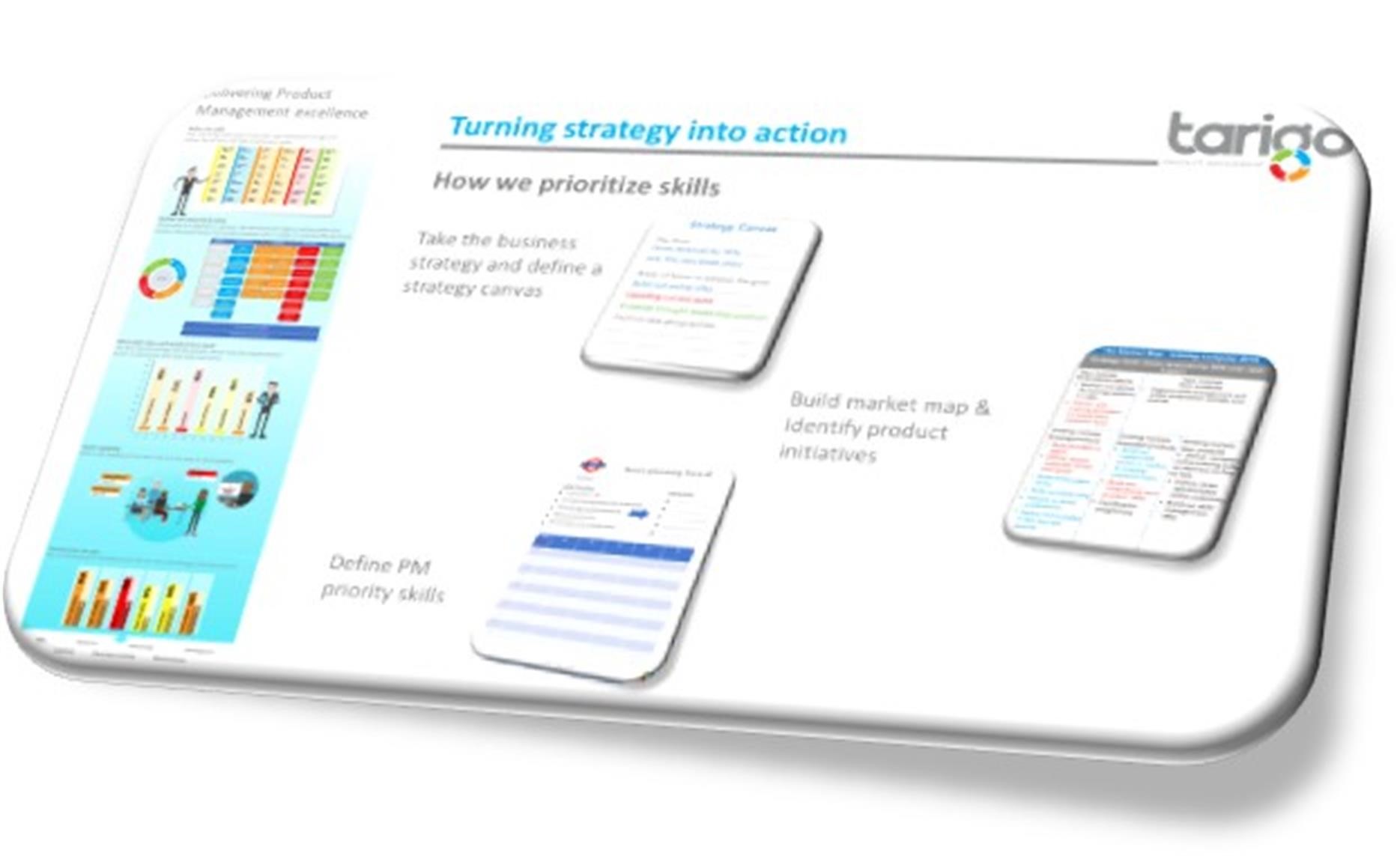
Make Strategy a Habit
How do we start being strategic?
Here’s my first tip on being more strategic
1. Make strategy a habit, schedule time for it
If we don’t schedule time for strategy it won’t happen, and it certainly won’t become a habit. Schedule time for strategic activities, product managers already have a ‘Licence to Strategise’. There is so much in product management as a function that is strategic in nature so let’s start here, use the time we’ve scheduled to revisit or create these items for our product;
• Creating or reviewing the Product Vision
• Researching or thinking about Mega Trends
• Creating or reviewing the Product Strategy
• Creating or reviewing the Future or the Long Term Roadmap
• Researching competitors
Additionally don’t wait till any corporate strategic planning initiatives happen, if you have strategic calendared initiatives find out when they are, and plan for proactively presenting our ideas and thinking on things like Mega Trends or Product Vision ahead of that timetable, this enables us to present our ideas and thoughts to our peers and managers, influencing them and demonstrating our strategic prowess.
[link to previous blog on strategy]
read more
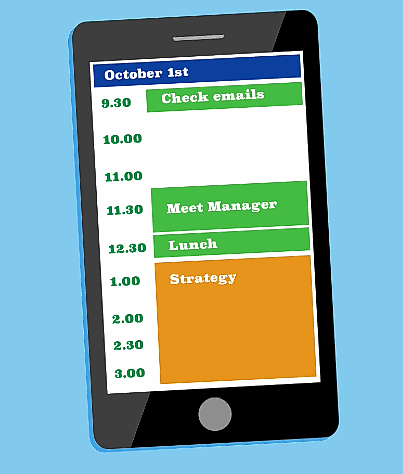
Start Strategising.
Stop fire-fighting start strategising – what’s stopping us?
One of the biggest reasons some of us are held back from deep thinking is because we are too busy. The ‘to do’ list never goes away so strategy never gets a look in. Strategic thinking doesn’t require a great deal of time, we just need to take time out from the operational, that’s why in our number 1, 7 Habits of a Highly Successful Product Managers ‘Start Strategising’ is alongside ‘Stop Fire-Fighting’, because they go hand in hand.
What stops us from strategising?
Here is a list of possible causes that may also be hindering us;
• We don’t like complexity
• We are new to the area or inexperienced in function
• We may be uncomfortable speculating, or dealing with uncertainty
• We may lack perspective, or have a narrow perspective about our business or market
• Our role may be very tactical
• Finally, we may not know how to start being strategic
So, take time to think through what’s really stopping us?
It’s really important to identify the right cause, identifying the right cause enables us to identify the right remedy.
read more
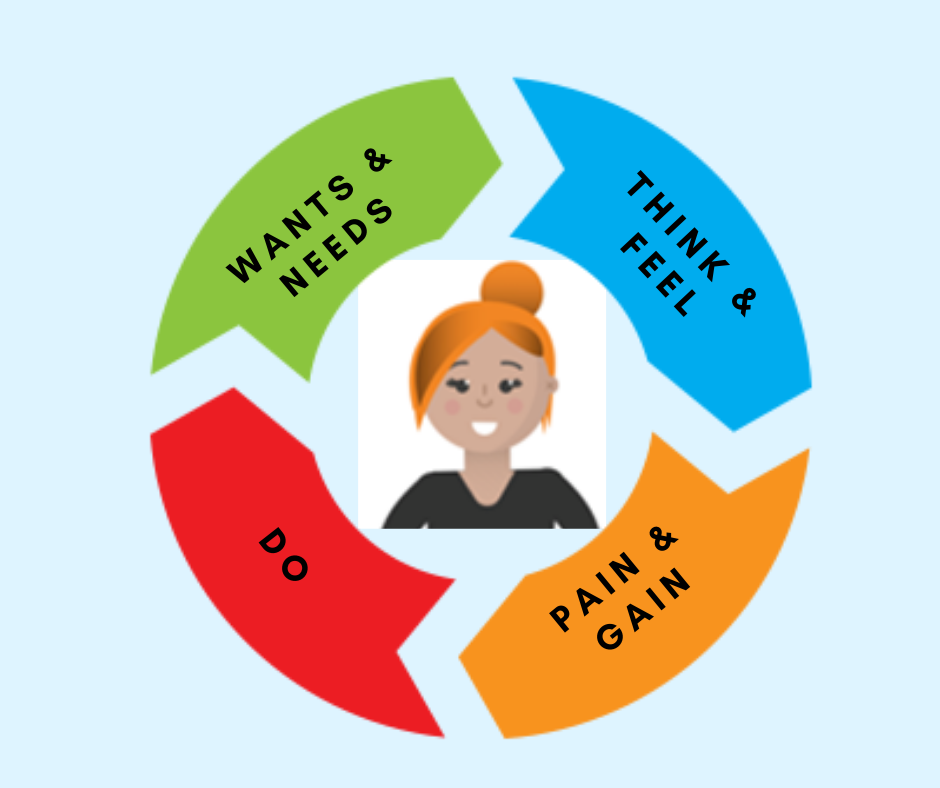
Empathy Map
Todays blog comes from @Louise Cantrill
It’s January, are you already fire-fighting?
I work with product teams who tell me that they want to spend more time talking to customers. Then, I hear what actually happens, emails, meetings, fire- fighting. Weeks, months go by and still fire-fighting! Making time for the things that are most important to us don’t just happen. You must commit to it, so don’t just talk about it do it!
Start with the empathy map, interview a customer find out how they ‘think and feel’ and their ‘pains and gains’. I promise you won’t regret it
read more

Talking the Right Language
Talking the right language
Ever feel your message isn’t getting through to your customer? It could be that the message is wrong, but often it’s not the message, but the delivery – language that doesn’t resonate with your target market. Here’s a simple example; you want to encourage your children to exercise more. Which statement is more likely to work: ‘ Shall we go for a long ride on our bikes to improve our cardiovascular fitness’ or
‘Let’s see who can get muddiest on the canal path!
’’Simple rule of product management – when you talk to your customers, speak in a way that makes sense to them not in language that impresses your boss!
read more
Check out the Archive